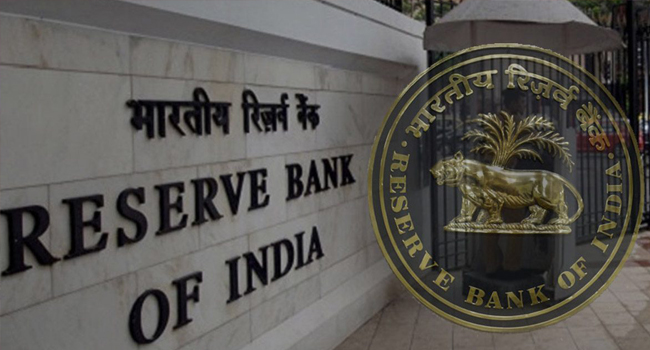RBI Proposes Higher 50% Dividend Payout Ratio for Healthy Banks
The Reserve Bank of India has released draft norms allowing banks with strong financial metrics to increase dividend payouts to shareholders up to 50% of profits, from the earlier 40% ceiling.
Key Highlights
- Banks must have net non-performing asset ratio below 6% for past 3 years
- Minimum required capital adequacy levels should also be met
- 50% payout ratio applicable for zero net NPA banks
- Ceiling reduces on higher bad loans – just 15% if over 4% NPA
- One-time gain items excluded from dividend calculations
- Eased repatriation for foreign bank branches meeting criteria
Why it Matters?
- The move incentivizes lenders to further boost balance sheet quality by linking returns to shareholders with asset performance.
- It may also allow the government as majority owner in public banks to gain higher dividend inflows.
- Healthy private banks too can now offer better returns potentially, as most meet the tightening net NPA norm of under 6% already.
No Ad Hoc Relaxations
The RBI emphasized it won’t entertain discretionary dispensations for dividends, mandating strict eligibility compliance. This ensures only fundamentally strong banks pay higher returns based on real performance.
Broader Context
Indian banking had seen poor dividends earlier with high stressed assets eroding profits. The tide has turned since as lenders repaired balance sheets, allowing the revised graded linkage.
Banks have also raised substantial capital in recent years to meet credit demand in a growing economy.
The new dividend guidelines balance shareholder returns with long-term resilience.
Month: Current Affairs - January, 2024
Category: Economy & Banking Current Affairs


